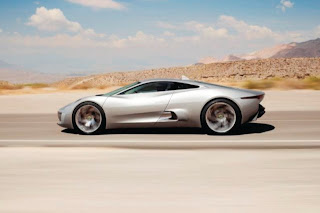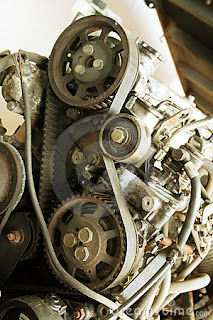ABS - an Excellent safety feature in many modern vehicles
An anti-lock braking system (ABS, from German: Antiblockiersystem) is a safety system that allows the wheels on a motor vehicle to continue interacting tractively with the road surface as directed by driver steering inputs while braking, preventing the wheels from locking up (that is, ceasing rotation) and therefore avoiding skidding. An ABS generally offers improved vehicle control and decreases stopping distances on dry and slippery surfaces for many drivers; however, on loose surfaces like gravel or snow-covered pavement, an ABS can significantly increase braking distance, although still improving vehicle control. Stopping a car in a hurry on a slippery road can be very challenging. Anti-lock braking systems (ABS) take a lot of the challenge out of this sometimes nerve-wracking event. In fact, on slippery surfaces, even professional drivers can't stop as quickly without ABS as an average driver can with ABS. The theory behind anti-lock brakes is simple. A skidding wheel (where


